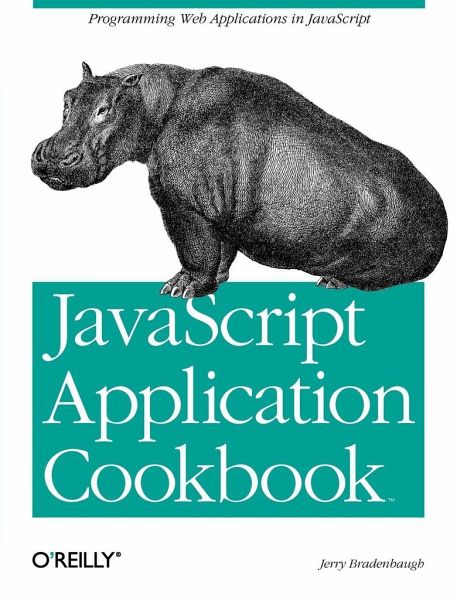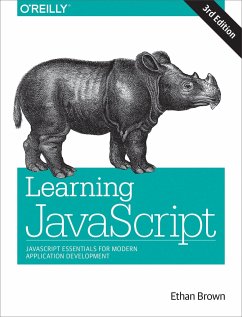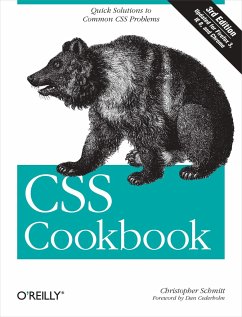Nicht lieferbar

JavaScript Application Cookbook
Versandkostenfrei!
Nicht lieferbar
There is a serious information gap for Webmasters learning client-side JavaScript skills and trying to solve common Web-related problems. Knowing the syntax is one thing, being able to build a useful application is another. And while there are dozens of "how- to" JavaScript books available, few literally hand the Webmaster a set of ready-to-go, client-side JavaScript applications with thorough documentation that enable the reader to fully understand and extend those applications. By providing such a set of applications, JavaScript Application Cookbook allows Webmasters to immediately add extra...
There is a serious information gap for Webmasters learning client-side JavaScript skills and trying to solve common Web-related problems. Knowing the syntax is one thing, being able to build a useful application is another. And while there are dozens of "how- to" JavaScript books available, few literally hand the Webmaster a set of ready-to-go, client-side JavaScript applications with thorough documentation that enable the reader to fully understand and extend those applications. By providing such a set of applications, JavaScript Application Cookbook allows Webmasters to immediately add extra functionality to their Web sites. This book targets readers with two different skill sets. The primary target is JavaScript-knowledgeable Webmasters and designers who can immediately begin constructing their own versions of the applications. The secondary target is those with little or no JavaScript experience. The included applications are ready for immediate use and require little customization. This book explores both the code and the techniques that are centered around core JavaScript functionality, a functionality that will not become incompatible or obsolete. The source file design of most applications and libraries will help modularize reader Web sites and facilitate easier site management and coding practices. Chapters are organized by application. Among the included applications are: A client-side search engine that will show coders how to build their own search engine and get excellent results, all with a client-side tool - A drag-and-drop greeting application that lets users custom build and send DHTML email greetings - A GUI image rollover tool that generates cross-browser image rollover code for all versions of JavaScript - A robust client-side shopping cart application that lets shoppers browse and shop, while the application keeps a tab of the shopper's selections and a running bill, including tax and shipping - An online test application that auto-administers, grades, and displays answers to online exams or surveys. An additional value to this book is an online resource that discusses the applications and points to other resources. With its focus on providing practical real-world solutions for Webmasters, JavaScript Application Cookbook is destined to become a staple for every JavaScript developer, regardless of experience.





